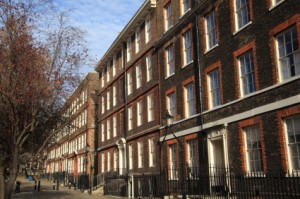The number of QCs is continuing to fall, statistics from the Bar Standard Board (BSB) have shown, dropping by more than 200 in four years.
This contrasts with the steady rise in the total number of practicing barristers – from 14,900 in 2010 to more than 15,700 in 2014.
The BSB figures [2] showed that there were 1,827 self-employed silks in 2010, but only 1,625 in 2014. The number of female QCs also dropped, from 247 to 215.
The proportion of QCs from BME backgrounds is holding up, however, and remains at over 100.
Although the number of employed QCs grew from 18 in 2010 to 33 in 2014, this is not enough to explain the decline in the numbers of self-employed.
Looking at barristers as a whole, the number of sole practitioners has risen particularly sharply, from 363 in 2010 to 498 in 2014. More than a quarter (134) of sole practitioners are from BME backgrounds.
Another group which is expanding dramatically is made up of ‘dual capacity’ barristers who work both on an employed and self-employed basis. From only 19 in 2010, there were 211 by 2014.
However, the number of employed barristers has remained almost static in the four-year period of the BSB report. It was 2,755 in 2010 and is now 2,794.
This is significant in terms of the gender balance within the bar, because 46% of employed barristers are female.
More than 20% of employed barristers are from BME backgrounds – a proportion that has stayed roughly the same. This compares with a figure of around 13% for self-employed barristers.
The number of pupil barristers called to the Bar recovered slightly last year, at 1,456, though this was still almost 200 down on 2010. The proportion of men and women is roughly equal.
More than 40% of those called to the Bar were from BME backgrounds, though the true figure may be slightly lower as 100 pupils refused to state their ethnicity.
